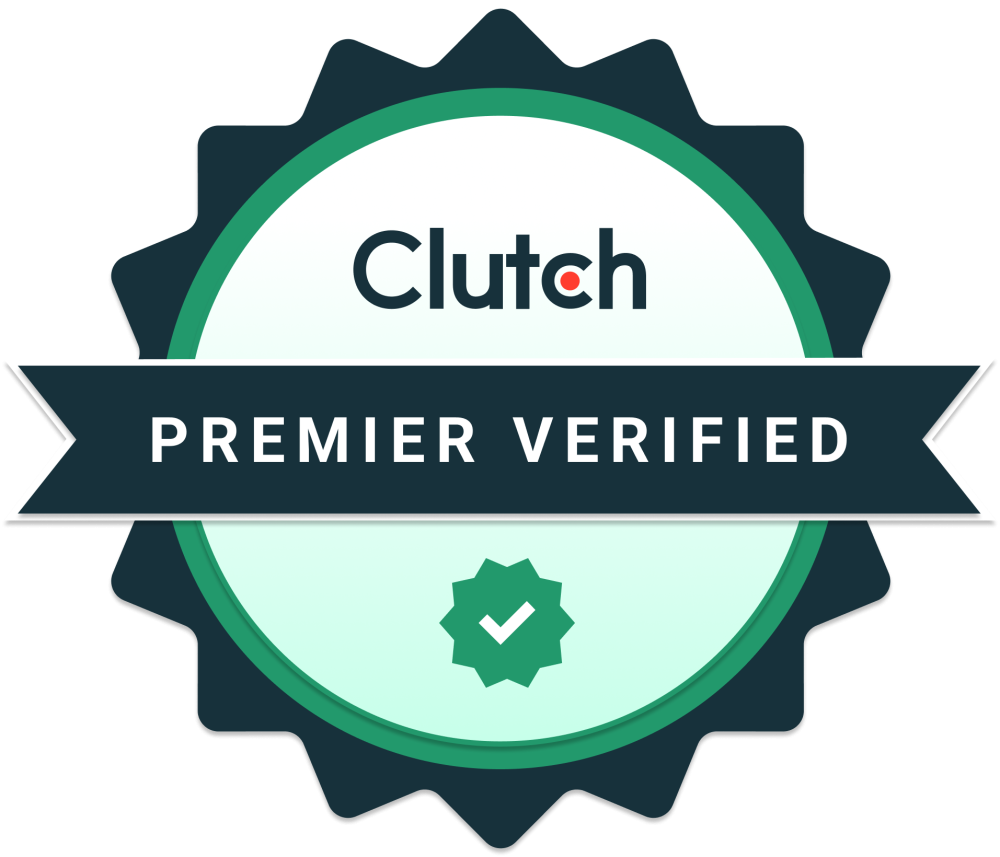UX/UI Design: Enhancing User Experience, Part 2: Expert Advice
Unlock the power of UX/UI design with expert insights from Buildable’s Kathey Sweeney to create inclusive and impactful digital experiences.
To better understand how to use UX/UI design to enhance user experience, we consulted with our very own expert software designer, Kathey Sweeney.
In a nutshell, how does Buildable use UX/UI design to enhance user experience?
Kathey: At the core of any successful UX/UI design is a customer-based, user-centric approach. Before diving into the creative process, it's important to conduct thorough discovery sessions with stakeholders and end-users. Sharing end-user needs with the development team is imperative to ensure that design concepts seamlessly translate into functional and aesthetically pleasing solutions. By prioritizing user needs from the outset, designers save development time and pave the way for impactful and user-friendly products that enhance overall customer satisfaction.
Could you recommend any specific tools or methodologies that can help to create the optimal end-user experience?
Kathey: There are numerous methods for gathering insights on the end-user, including user surveys and questionnaires, user interviews, usability testing, and A/B testing. Feedback mechanisms such as surveys, feedback forms, and user ratings help to gather insights and continuously improve the user experience once the product or service is launched.
By using a component library during the build phase of software development, teams can save time and ensure consistency to enhance usability and reduce the cognitive load for users. This modular approach promotes scalability and streamlines maintenance, making the software more adaptable to changing requirements and user needs over time. Component libraries often include accessible UI components that adhere to accessibility standards and guidelines, ensuring a better experience for all users.
Aligning with the Agile development framework facilitates iterative and incremental development, allowing the end-user to provide feedback early and often. This ensures that user needs are effectively communicated and addressed throughout the development process.
What upcoming trends do you see in UX/UI design that may help enhance the user experience?
Kathey: We see personalization becoming more and more of a focus. By leveraging data-driven insights and user preferences designers can create tailored experiences that resonate with individual users on a deeper level. This trend involves personalizing interfaces, content recommendations, and interactions based on factors such as past behavior, demographics, and preferences. Creating more personalized products and services leads to increased end-user engagement and satisfaction.
AI implementation has a long way to go, but the future is promising. AI, especially with its NLP processing ability, allows it to interact with user interfaces by asking questions. UX/UI designers can use AI to gather information from users that otherwise would require custom programming. For instance, this is particularly evident in the visualization and reporting segments of software. Here, users find it significantly more convenient to request specific types of reports or graphs directly from the user interface, rather than having to program every potential reporting option themselves.
What is one of the biggest challenges you experience in trying to meet the needs of the end-user?
Kathey: Not having input from the end-user. It can be hard to get first-hand information. It’s important to advocate for user research and communicate the importance of end-user input to stakeholders. Clients don’t always want to spend the money on user research and it’s a shame, because the more research we do, the more effective a project will be.
How do you approach designing for different user demographics to ensure accessibility and inclusivity for all users?
Kathey: We begin by conducting comprehensive user research to help identify common pain points, preferences, and accessibility barriers that different user groups may face. Once we’ve incorporated inclusive design principles into the design based on these findings, we leverage user testing and feedback sessions to validate design decisions and to address any usability issues and accessibility concerns early in the design process. Staying on top of accessibility guidelines and standards is also important to ensure compliance with industry best practices.
Do you have any other advice to keep in mind?
Kathey: People will try to skip workflows and wireframes entirely to save money, but this creates more work in the end because making changes is more difficult later in the process. It’s imperative to understand your end goal and your end-user at the beginning of your design project so you can strategically plan the steps needed to achieve your objectives and pave the way for a more effective and purposeful design process.
Also, keep it simple and expand from there. Begin by identifying the essential features and functionalities that are necessary for the software to fulfil its primary purpose. We call this Minimal Viable Product, or MVP. Resist adding unnecessary features or complexity to the software. Once you’ve built a solid foundation, you can add new features and refine existing functionality based on user feedback, evolving requirements, and user needs. This separates the “cool ideas” from the “functionality your users can’t live without”. Design the software with flexibility and scalability in mind and keep the user experience in mind at every stage of the design process.
Phone: (503) 468-4880
Email: connect@buildableworks.com
What can we help you with?
Talk with an expert at Buildable about your project.
This site is protected by reCAPTCHA. Google Privacy Policy and Terms of Service apply.
Copyright © 2026 Buildable.
All Rights Reserved
Privacy Policy | Terms of Service
Let's build what's next. Together.




